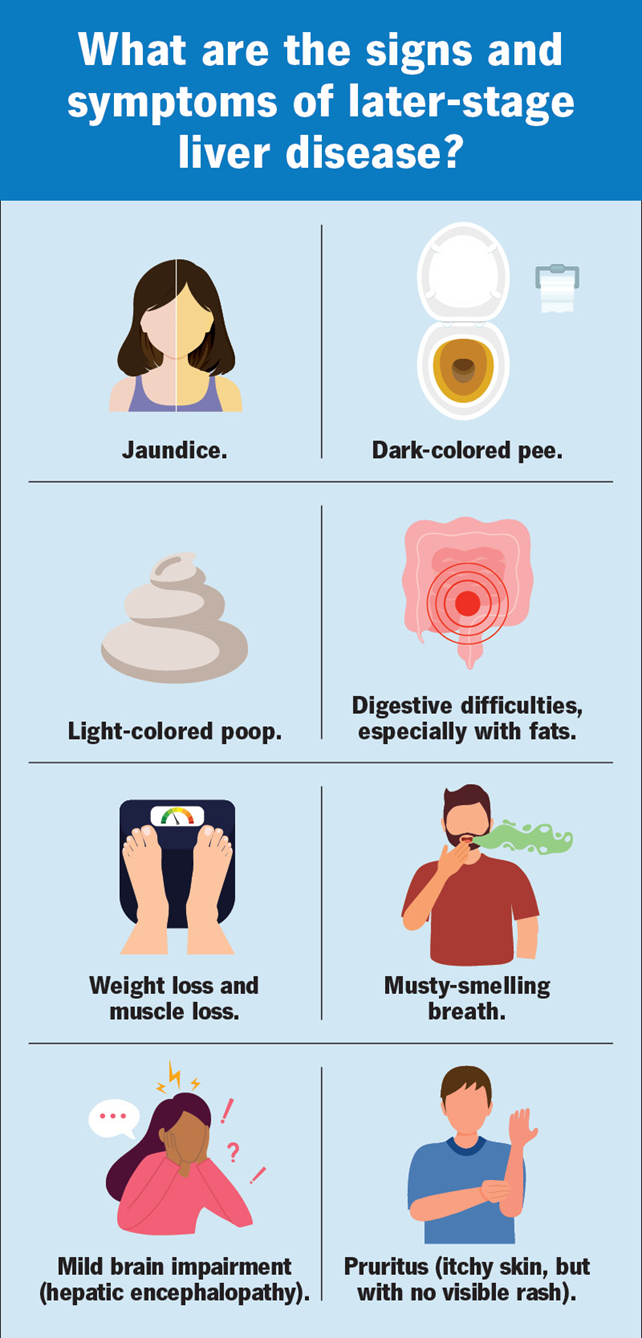A nurse is caring for a client diagnosed with end-stage liver cancer. Which response is an indication the client is in the denial phase of the grief process?
“The doctor says I only have a few months to live, but I know he is exaggerating to get me to take my medication.”
“I can’t believe the doctor graduated from medical school. He doesn’t know a thing about treating cancer!”
“Even though I am not hurting right now, I don’t feel like I have the energy to get out of bed.”
“The doctor has been so good to me. I know he has tried everything he can. It is just my time.”
The Correct Answer is A
Choice A reason: This statement reflects denial, which is a common initial reaction in the grief process. The client is not accepting the reality of their prognosis and believes the doctor is exaggerating. Denial serves as a defense mechanism to protect the individual from the emotional impact of the diagnosis. It is a way for the client to cope with the overwhelming news by rejecting its truth.

Choice B reason: This statement reflects anger, another stage in the grief process. The client is expressing disbelief and frustration towards the doctor’s competence. Anger often follows denial and is directed towards others as a way to cope with the emotional pain. It is not indicative of denial but rather a progression in the grieving process.
Choice C reason: This statement reflects acceptance of the physical symptoms and the reality of the client’s condition. The client acknowledges their lack of energy and the impact of the illness on their daily life. This is not a sign of denial but rather an acceptance of their current state.
Choice D reason: This statement reflects acceptance and gratitude towards the doctor. The client recognizes the efforts made by the healthcare team and accepts that their time is limited. This is a sign of acceptance, the final stage in the grief process, where the individual comes to terms with their situation.
Nursing Test Bank
Naxlex Comprehensive Predictor Exams
Related Questions
Correct Answer is A
Explanation
Choice A reason: Starting chest compressions is the priority intervention for a client who is unresponsive, not breathing, and without a pulse. This situation indicates cardiac arrest, and immediate chest compressions are crucial to maintain circulation and oxygen delivery to vital organs. Early initiation of chest compressions improves the chances of survival and neurological outcomes.
Choice B reason: Obtaining a central line is not an immediate priority in the context of cardiac arrest. While central lines are important for administering medications and fluids, the first step in resuscitation is to establish effective chest compressions. Central line placement can be considered after initial resuscitation efforts are underway.
Choice C reason: Completing a comprehensive assessment is important, but it is not the immediate priority in a cardiac arrest situation. The primary focus should be on initiating chest compressions and basic life support measures. A detailed assessment can be performed once the client is stabilized.
Choice D reason: Providing rescue breathing is part of cardiopulmonary resuscitation (CPR), but it should follow the initiation of chest compressions. Current guidelines emphasize the importance of starting chest compressions immediately and then integrating rescue breaths. Effective chest compressions are the foundation of CPR.
Correct Answer is D
Explanation
Choice A Reason:
Defamation of character is incorrect. Defamation of character involves making false statements about someone that damage their reputation. This can be in the form of slander (spoken) or libel (written). Applying restraints without proper justification does not fall under defamation of character.
Choice B Reason:
Invasion of privacy is incorrect. Invasion of privacy involves intruding into someone’s personal life without consent. This can include unauthorized access to personal information or spaces. Applying restraints without proper justification is not an invasion of privacy.
Choice C Reason:
Slander is incorrect. Slander is a form of defamation that involves making false spoken statements that damage someone’s reputation. Applying restraints without proper justification does not involve making false statements.
Choice D Reason:
False imprisonment is correct. False imprisonment involves restraining a person without legal justification or their consent. In a healthcare setting, applying restraints without proper justification or following legal and ethical guidelines constitutes false imprisonment and violates the client’s rights.
Whether you are a student looking to ace your exams or a practicing nurse seeking to enhance your expertise , our nursing education contents will empower you with the confidence and competence to make a difference in the lives of patients and become a respected leader in the healthcare field.
Visit Naxlex, invest in your future and unlock endless possibilities with our unparalleled nursing education contents today
Report Wrong Answer on the Current Question
Do you disagree with the answer? If yes, what is your expected answer? Explain.
Kindly be descriptive with the issue you are facing.
